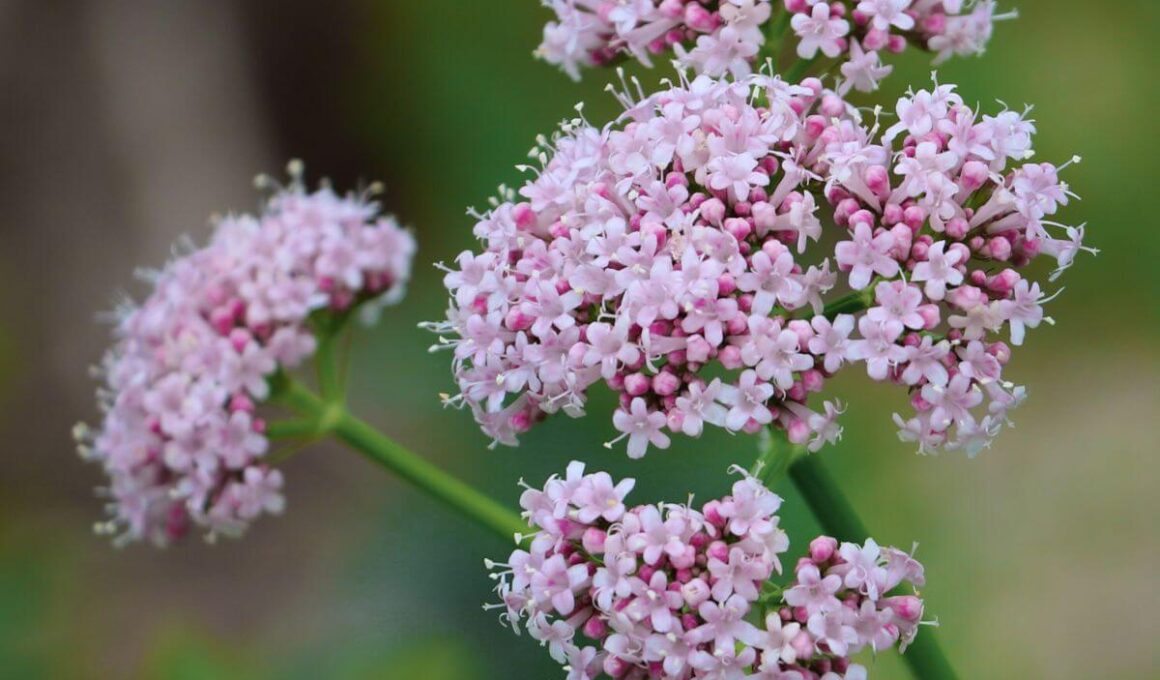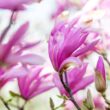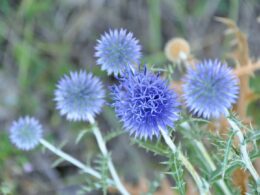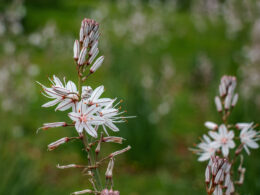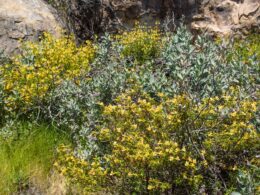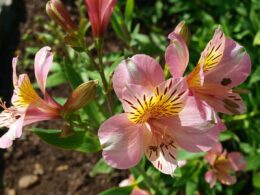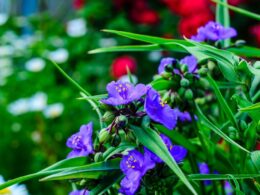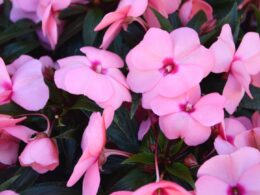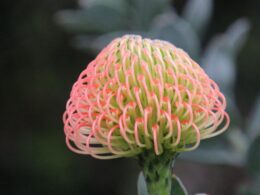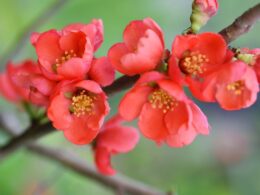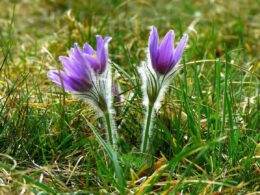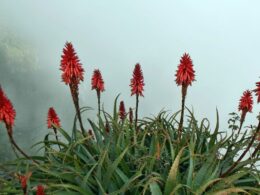About the Valerian Plant (Valeriana Officinalis) – Species and Origin
Valerian (Valeriana officinalis) is a flowering herb that is native to Europe and Asia. It has been used medicinally for centuries to treat a variety of conditions, including insomnia, anxiety, and headaches. The valerian flower gets its name from the Latin verb valere, which means “to be healthy.”
The mature plant can grow up to 5 feet tall and has small, white or pinkish flowers that bloom in the summer. The leaves are dark green and have a strong scent. When valerian blooms, bees are attracted to its flowers.
What’s interesting is that valerian root and leaves can affect cats much like catnip does – especially those cats that don’t react to catnip. Another fun fact is that valerian flowers are asymmetrical, which is pretty rare in the plant world.
The Healing Properties of Valerian Flowers
The active ingredient in valerian is a chemical called valerenic acid, which is thought to have sedative and antianxiety effects. This hasn’t been proven yet, but other compounds found in the plant (such as isovaleric acid and valeric acid) are unlikely to contribute to those effects – which have been widely documented.
The herb is available in a variety of forms, including capsules, tea, and tincture. Valerian flowers themselves don’t have any special properties – it’s the crude extract of the root that’s used in medicine. It’s generally considered safe to take, but it can cause side effects like headaches and dizziness in some people.
The History and Meaning of Valerian
The valerian plant has been used medicinally for centuries, dating back to the days of Ancient Greece and Rome. It was first described by Hippocrates, and Galen prescribed it as a remedy for insomnia.
In the Middle Ages, it was used to treat a variety of conditions, including seizures, hysteria, and migraines. The herb was valued by poor citizens of north England and south Scotland, who would dry the roots and leaves to make tea and season food. On a more mystical side, in medieval Sweden, grooms were told to put valerian in their clothes to ward off envious elves.
Growing Valerian and Harvesting the Roots
Valerian is a hardy plant that can be grown in most gardens. It prefers full sun or partial shade and well-drained, loamy soil. Once it’s established, valerian is drought-tolerant, but during the first growing season, keep the soil evenly moist.
It’s easy to start valerian from seed. Sow them directly in the garden in spring, or start them indoors about 6 weeks before the last frost and then transplant them outside.
Valerian flowers can be harvested when they bloom in summer, although they don’t do much besides giving off a sweet scent. The roots are best harvested in fall, after the plant has died back. To do this:
- Cut the stems off to access the roots more easily.
- Gently dig up the roots.
- Shake off excess soil and rinse them with a hose.
- Dry the roots using your preferred method. We recommend using a dehydrator or putting them in the oven, on the lowest temperature setting.
That’s all you need to know about valerian flowers and roots! Now you can enjoy the medicinal properties of this fragrant perennial plant. We hope this article has been helpful. If you have any questions, feel free to leave a comment below.





